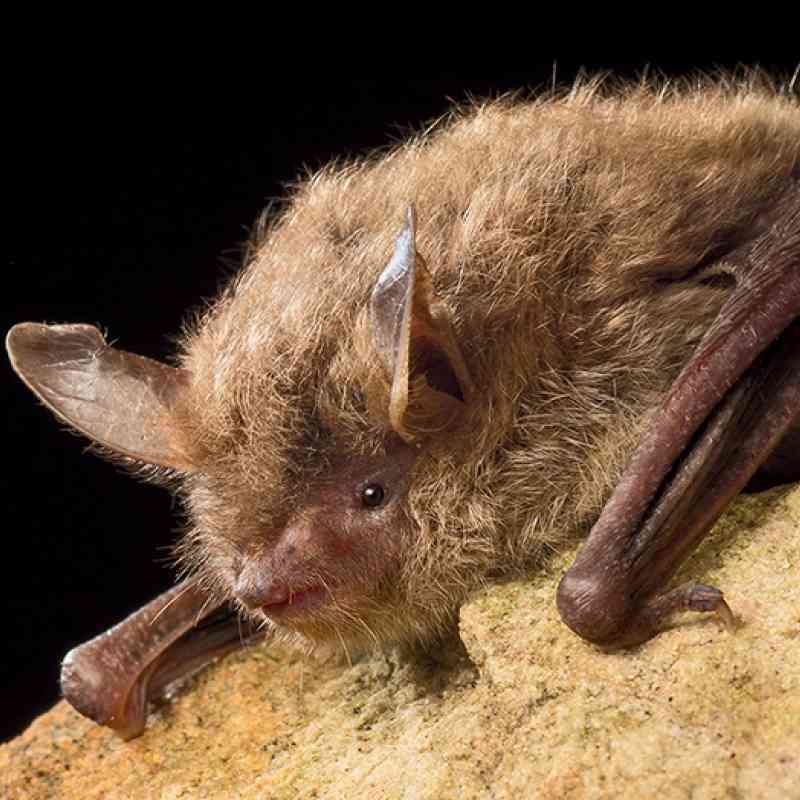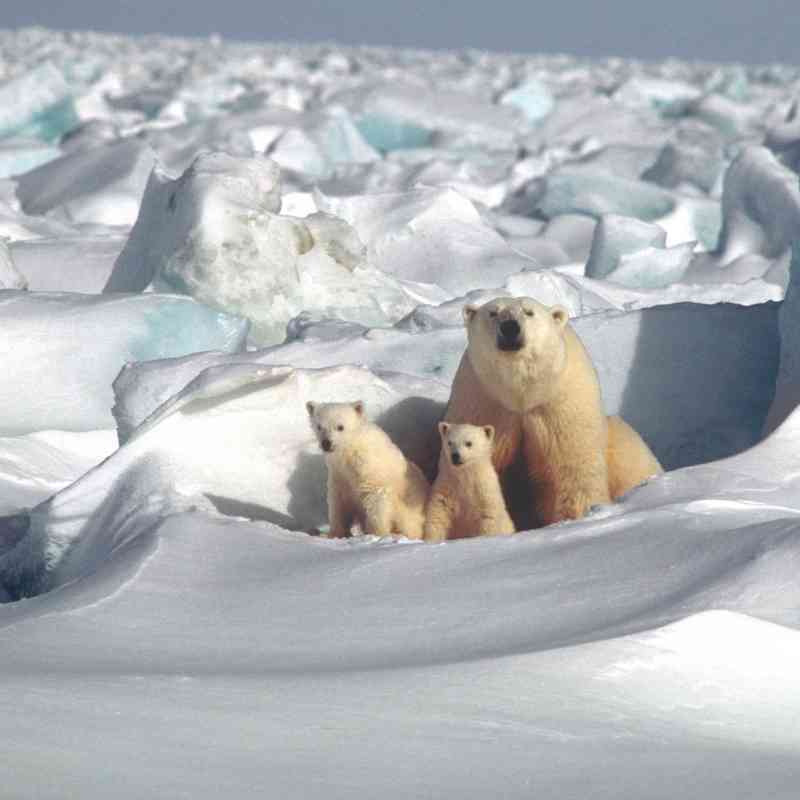“Threatened” listing would help protect species and promote recovery
Bozeman, Mont. –The U.S. Fish and Wildlife Service announced today its proposal to list the wolverine in the lower-48 states as a threatened species under the federal Endangered Species Act (ESA). If finalized, the move will focus new resources on wolverine recovery and take steps to help the species survive the impacts of climate change. Included in the proposal are provisions to establish an experimental population in the southern Rockies that will help pave the way for possible wolverine reintroductions.
The proposal resulted from more than a decade of consistent pressure from several conservation groups, including three separate legal actions taken to secure an ESA listing.
“This proposal at long last gives the wolverine a fighting chance at survival in the lower-48 states,” said Earthjustice attorney Timothy Preso, who represented conservationists in court. “The most immediate need is to stop the threats to the species that we can control, including direct killing of wolverines through trapping.”
Wolverines are rare, wide-ranging members of the weasel family that exist in high-altitude ‘islands’ of mountain ranges. Biologists estimate there are fewer than 300 wolverines in the contiguous United States, primarily in Montana, Idaho, Wyoming, and north-central Washington. A couple of lone dispersing individuals have been detected recently in Colorado and California as well.
Wolverines are likely becoming increasingly isolated in their mountain strongholds in part due to climate change and increasing human development. Protecting wolverines from other losses such as trapping is key to allowing them to persist in their scattered habitats and helping them move safely across the landscape.
“For wolverines to survive over the long run, they need to be able to reclaim habitat they once occupied,” said Kylie Paul, Rockies and Plains Representative for Defenders of Wildlife. “Federal protection should provide resources to help ensure that wolverine populations can expand, remain connected, and are resilient enough to overcome the looming impacts of climate change as well as other threats.”
Female wolverines require deep snow that persists through mid-spring for raising their young, but wolverines may lose up to two-thirds of suitable habitat by the end of this century. Researchers estimate that the extent of areas in the western U.S. with persistent spring snowpack is likely to recede 33% by 2045 and 63% by 2099 as a result of climate change.
“We see the impacts of a changing climate all around us,” said Chris Colligan of the Greater Yellowstone Coalition. “The best buffer against these species impacts are large intact ecosystems and we see the Greater Yellowstone Ecosystem as being a stronghold for wolverines.”
# # # # #
Background: Today’s proposal to protect the species marks the culmination of a lengthy advocacy campaign by conservationists that spanned three presidential administrations. That campaign began in 2000 with a petition to the U.S. Fish and Wildlife Service requesting a listing of the species under the Endangered Species Act. When the Service refused to act, conservationists successfully went to federal court to put the agency on a schedule for the listing process. Then, when the Service in 2003 issued a preliminary negative finding on the listing petition, conservationists won in court again, this time eliciting a 2005 opinion from a federal judge that the Service ignored “substantial scientific information” demonstrating threats to the species. That ruling sent the Service back to the drawing board, but the agency returned in 2008 with yet another negative listing finding for the wolverine. Conservationists returned to court, this time yielding a settlement by which the Service agreed to reconsider its finding. In 2010, the Service determined that wolverines warranted federal protection, but further action was delayed because of other priorities.
Links:
See the USFWS’ federal listing proposal for the wolverine
Watch a preview of PBS Nature’s documentary on wolverines, “Chasing the Phantom.”
Defenders of Wildlife is celebrating 75 years of protecting all native animals and plants in their natural communities. With a nationwide network of nearly 2.2 million members and activists, Defenders of Wildlife is a leading advocate for innovative solutions to safeguard our wildlife heritage for generations to come. For more information, visit defenders.org/newsroom and follow us on Twitter @Defenders.

